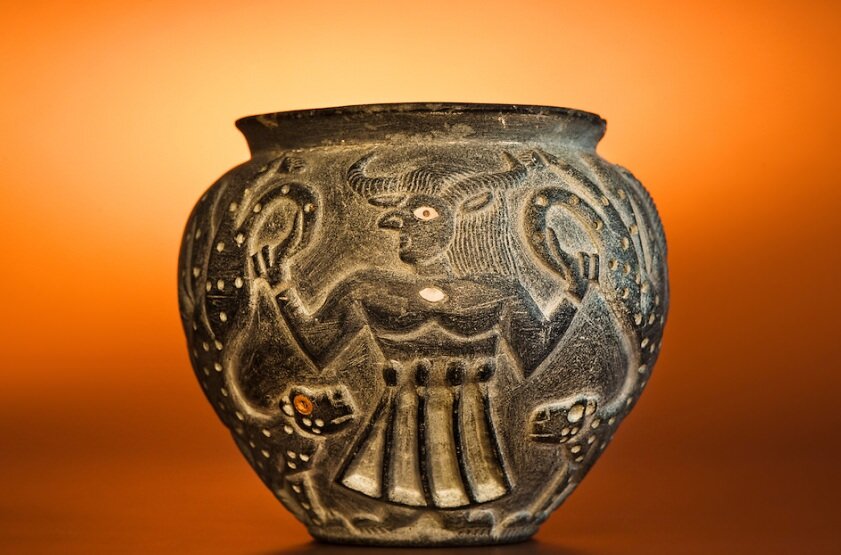Massive cultural heritage museum under construction in Jiroft

TEHRAN – Construction work is underway to establish a vast cultural heritage museum in Jiroft, known as an ancient cradle of civilization in southern Iran.
To complete the first phase of the Jiroft Regional Museum, the Kerman Tourism Directorate has allotted approximately 1.3 trillion rials ($3.2 million), the tourism chief of Kerman province has said.
The first phase of the 12-acre Jiroft Regional Museum will be made up of 4,000 square meters of galleries and treasure troves, Fereydoun Fa’ali said.
Jiroft, a fertile plain in the Kerman province, is a magnificent center of a civilization that dates to the Early Bronze Age (late third millennium BC). Due to geological reasons, tourists and archaeologists have largely been more interested in Mesopotamia, which is located some 1,000 km away.
Mountains rising to a height of about 4,000 meters are on three sides of Jiroft. The Jiroft discoveries are viewed as evidence of a civilization as great as Sumer and prehistoric Mesopotamia by many Iranian and foreign experts.
Numerous rounds of severe flooding along the Halil River in the very early 21st century removed the topsoil from thousands of previously undiscovered tombs and resulted in the discovery of numerous artifacts thought by archeologists to date from the Early Bronze Age (late 3rd millennium BC).
Surprisingly, the archaeologists were familiar with the chlorite vases they had discovered in Jiroft. From the Euphrates to the Indus, as far north as the Amu Darya and as far south as Tarut Island, on the Persian Gulf coast of Saudi Arabia, chlorite vessels similar to the breathtaking examples discovered at Jiroft had been discovered.
The primary Jiroft site consists of two mounds a couple of kilometers apart, called Konar Sandal A and B, and measuring 13 and 21 meters high, respectively. It was at Konar Sandal B that the archeologists dug out the seal impressions bearing writing.
So far, the archeologists have excavated around nine vertical meters of Konar Sandal B, discovering vestiges of a monumental, two-story, windowed citadel whose base covers nearly 13.5 hectares (33 acres). This imposing edifice once housed the city’s chief administrative center and perhaps a temple and a royal palace.
Finding the structure’s façade was difficult enough, but locating an entrance took the team weeks of digging through clay packed hard by millennia of rain-wash.
In 2019, a team of Iranian and German archaeologists discovered remnants of a prehistorical settlement during a survey on an ancient hill in Jiroft. Senior Iranian archaeologist Nader Alidad-Soleymani and German Professor Peter Pfalzner co-led a comprehensive survey, which aimed to record evidence about previously excavated sites in the counties of Jiroft, Kahnouj, Anbarabad, Faryab, Rudbar, Qalehganj, and Manujan.
The Kerman region is something of a cultural melting pot, blending various regional cultures over time. It is also home to rich tourist spots and historical sites, including bazaars, mosques, caravanserais, and ruins of ancient urban areas. Kerman is bounded by the provinces of Fars in the west, Yazd in the north, South Khorasan in the northeast, Sistan-Baluchestan in the east, and Hormozgan in the south. It includes the southern part of the central Iranian desert, the Dasht-e Lut.
Kerman (the capital city) was probably initiated by the Sassanid king Ardashir I (reigned 224–241 CE). Under the Safavids, who took control in 1501, it came to be known as Kerman and was made the capital of the province. The city was sacked by the Uzbeks in 1509 but was quickly rebuilt. Declining Safavid power in the 17th and early 18th centuries allowed Kerman to be attacked and occupied by Afghan tribesmen in 1720.
AFM
Leave a Comment